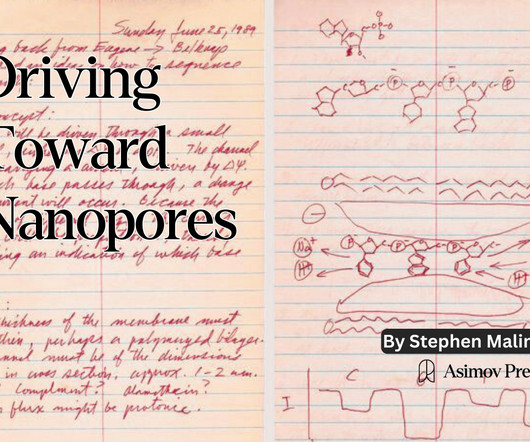The power of combinations in blood cancers
Drug Target Review
NOVEMBER 6, 2023
2 It is this complexity that necessitates powerful, targeted combination therapies. 4, 5 More recently, new combination regimens have emerged that incorporate targeted therapies to treat a variety of blood cancers, including multiple myeloma (MM), chronic lymphocytic leukaemia (CLL) and acute myelogenous leukaemia (AML).













Let's personalize your content